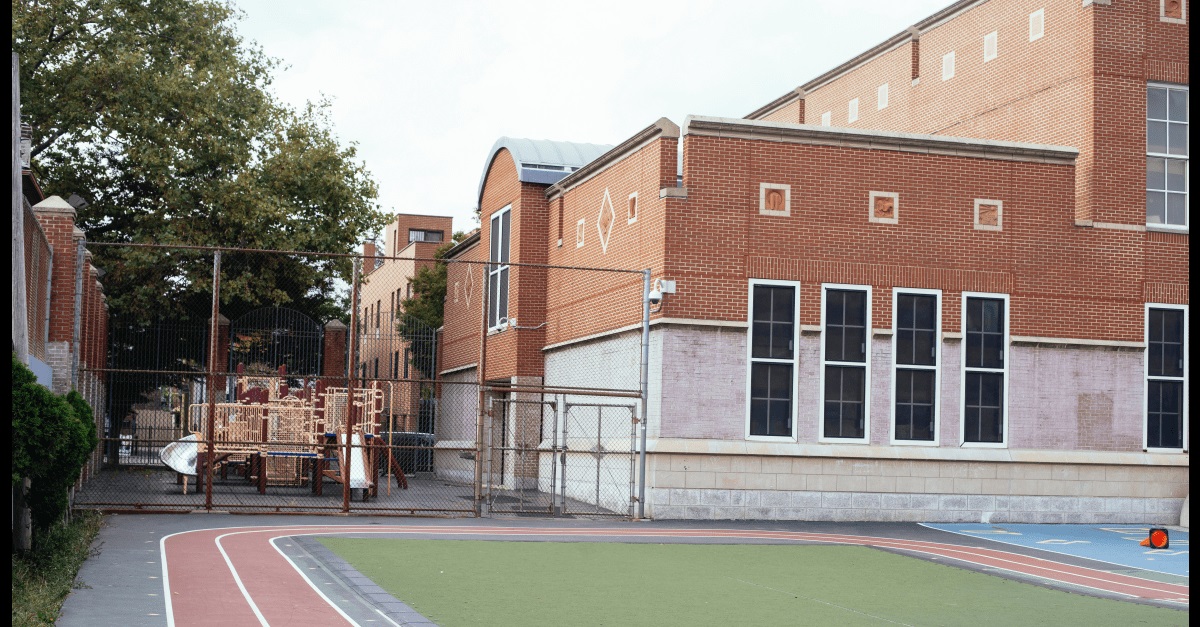Building security is a paramount concern for businesses and individuals alike. Intrusions can have devastating consequences, ranging from property damage to theft or even harm to occupants. Implementing proactive security measures is essential to create a fortress of safety that deters potential intruders and safeguards the building and its occupants.
In this article, we will provide valuable insights to create a robust security infrastructure that safeguards occupants and assets.
Assessing Vulnerabilities
Assessing vulnerabilities is a critical step in building security, as it allows businesses to identify and address potential weak points that could be exploited by intruders. By conducting a comprehensive assessment, businesses can gain a better understanding of their current security posture and take proactive measures to mitigate risks. This may involve inspecting doors, windows, and other entry points to ensure they are secure, evaluating the effectiveness of surveillance systems, and examining potential gaps in access control measures.
Additionally, assessing vulnerabilities also includes identifying internal risks such as employee access protocols and procedures. By thoroughly analyzing these vulnerabilities, businesses can make informed decisions on the necessary security enhancements and implement measures to strengthen their overall security posture.
Physical Security Measures
Enhancing physical security is a fundamental aspect of building protection. Installing robust perimeter fencing, gates, and barriers can act as the first line of defense. Strengthening door and window security with reinforced frames, high-quality locks, and shatter-resistant glass provides additional protection against forced entry. Implementing access control systems and surveillance cameras further fortifies the building’s security infrastructure.
Alarm and Monitoring Systems
An alarm and monitoring system is an integral part of building security. Choosing the right alarm system that aligns with the specific needs of the building is crucial. Integrating video surveillance and motion sensors adds an extra detection layer and enhances overall security. Connecting the alarm system to a monitoring service ensures that any breach or suspicious activity triggers an immediate response, minimizing the risk of damage or theft.
Employee Training and Security Procedures
Employees play a vital role in building security. Educating them about security protocols, emergency procedures, and the importance of vigilance helps create a culture of security awareness. Implementing visitor management policies and procedures ensures that access to the building is controlled and restricted to authorized individuals. Regular security drills and exercises keep employees prepared for potential threats and enable them to respond effectively in emergency situations.
Security Lighting
A well-lit building acts as a deterrent for potential intruders. Adequate outdoor lighting eliminates hiding spots and increases visibility around the premises. Installing motion-activated lights further enhances security by illuminating any suspicious activity. Utilizing timers and smart lighting systems not only enhances security but also promotes energy efficiency.
Security Partnerships and Collaboration
Building strong partnerships and collaborating with local law enforcement agencies and security providers can significantly enhance building security. Establishing relationships with these entities fosters a sense of community security and enables prompt response in case of an incident. Participation in neighborhood watch programs and business associations facilitates information sharing, fosters a collective security mindset, and strengthens the overall security ecosystem.
Ongoing Security Maintenance
Building security is not a one-time effort but requires ongoing maintenance and evaluation. Regularly reviewing and updating security measures ensures that they remain effective and aligned with evolving threats. Conducting periodic security audits and assessments helps identify any gaps or vulnerabilities that may have emerged over time. Staying informed about new security technologies and trends enables the integration of the latest advancements into the building’s security infrastructure.
Conclusion
Safeguarding a building from intruders requires a comprehensive approach that encompasses various security strategies. By assessing vulnerabilities, implementing physical security measures, investing in alarm and monitoring systems, providing employee training, enhancing security lighting, fostering partnerships, and conducting regular maintenance, building owners can create a fortress of safety that deters intruders and protects the occupants and assets. By taking proactive measures, we can ensure that our buildings remain secure and provide peace of mind to all who enter.









